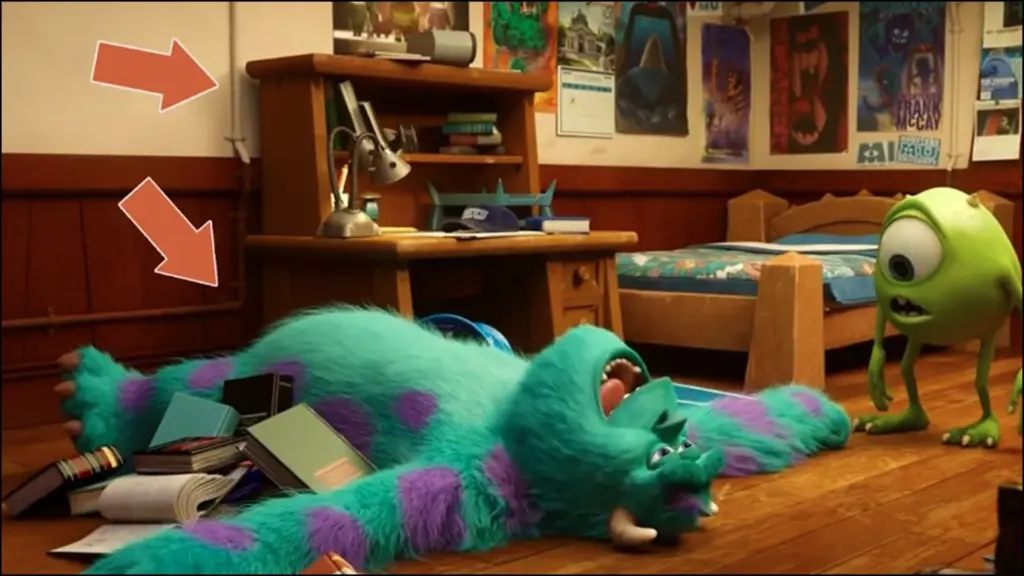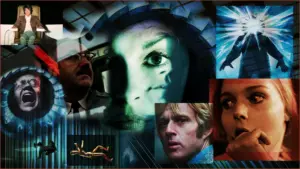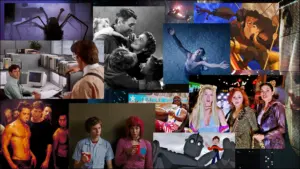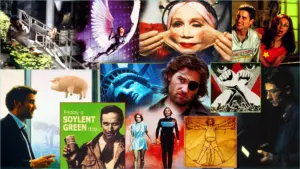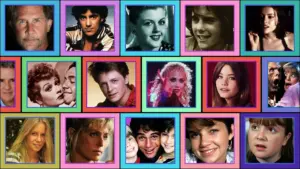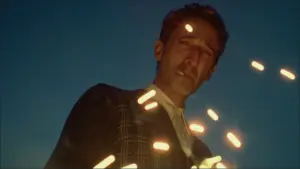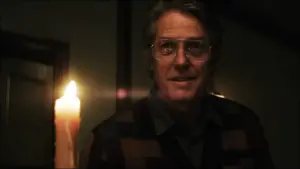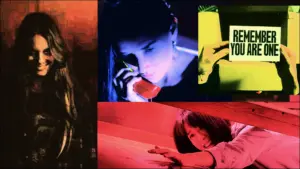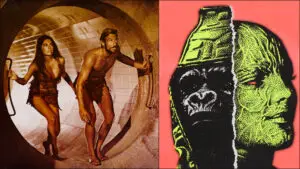Since the release of its first feature film Toy Story in 1995, Pixar Animation Studios has been lauded as a visionary dream factory that places an extraordinary amount of work into their character design and backgrounds, not to mention the gargantuan amount of hidden details animators place into each film. From references to artists’ alma mater CalArts to cryptic allusions to favorite films, Pixar films are filled with goodies for eagle-eyed fans to find.
Did you know that often they are scientifically accurate as well? On many occasions Pixar hires experts, consultants, and scientists to make sure their animation is as factual as it is entertaining. Here are but a few accurate moments from popular Pixar films that made the animation technically rigorous.
1. Dug the Dog from Up is able to find Kevin the Snipe because of his breed
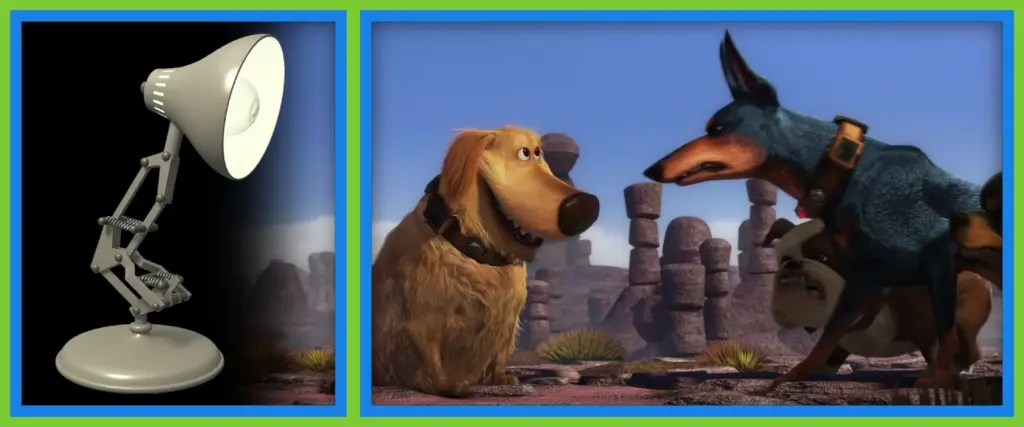
Though Alpha the Dobermann, Beta the Rottweiler, and Gamma the English Bulldog have nothing but disdain for their four-legged coworker, Dug is the only one of Charles Muntz’s dogs to successfully track and find Kevin the snipe. This is probably because Dug is the only hunting dog in the group. As a Golden Retriever, Dug was bred for this job, while his furry cohorts are all guard dogs.
2. Gill in Finding Nemo is true to his species and their keen dislike of captivity
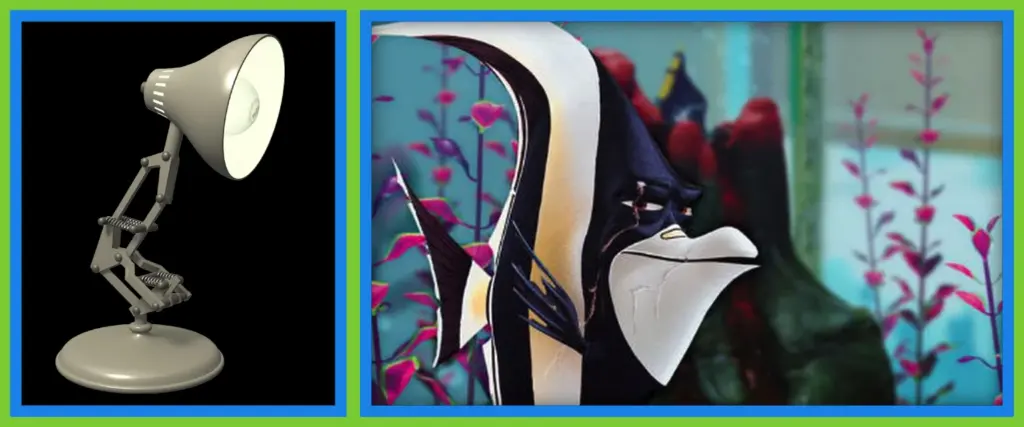
Gill from Finding Nemo is a Moorish idol, which is a noted difficult fish to keep in captivity. Problematic to feed, requiring a large amount of space, and very choosy about its roommates and environment, the Moorish idol is not recommended for casual aquarium owners. This is probably why Gill is constantly attempting to escape.
3. In A Bug’s Life, Hopper the Grasshopper correctly uses his antenna to smell
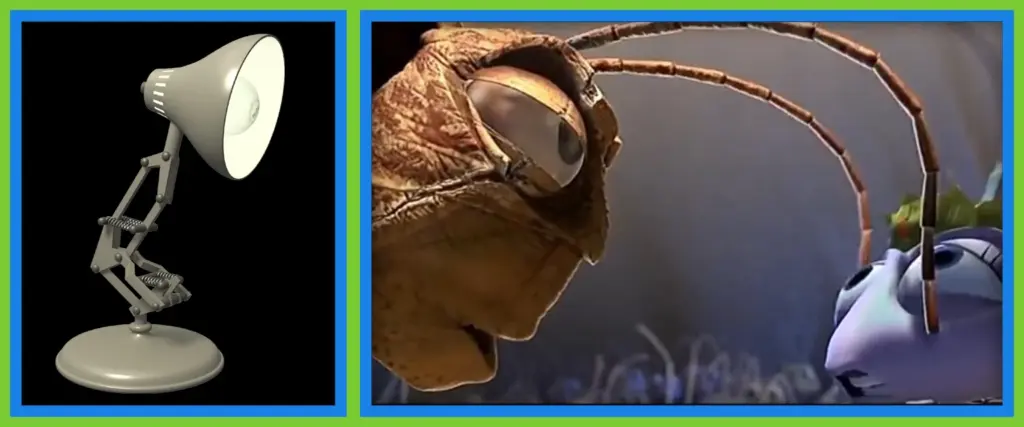
In A Bug’s Life, the evil Hopper tells Princess Atta doesn’t that she “doesn’t smell like a queen” while he creepily feels her face with his antenna. An icky yet accurate moment in the Pixar film as grasshoppers use their antennae to smell and detect odors.
4. Mei’s Red Panda acts on instinct in Turning Red
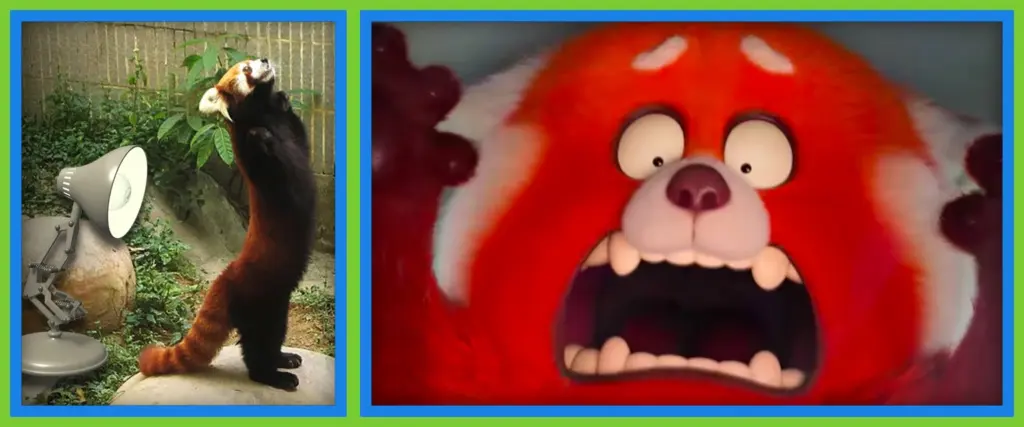
When scared, red pandas will throw their little paws in the air and stand on their hind legs in an effort to make themselves bigger (but really, they just make themselves cuter). In Pixar’s Turning Red, when Mei transforms into a red panda, she does exactly the same thing when she is surprised or scared.
5. The Monsters Inc. world is powered using pipes, not wires, because it uses screams, not electricity
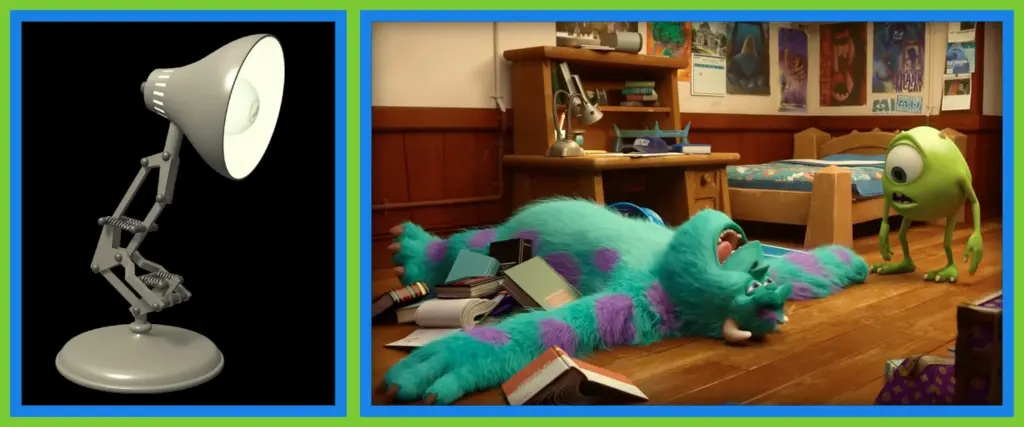
As the world of Monsters, Inc. (and Monsters University) doesn’t use electricity to power Monstropolis, they need a way to carry the power of screams (and then laughs) around the city. This is done through a complex network of tubing and pipes instead of wires or circuitry, which can be seen in the background of most scenes.
6. Bruce never knew his father in Finding Nemo because male sharks leave after mating
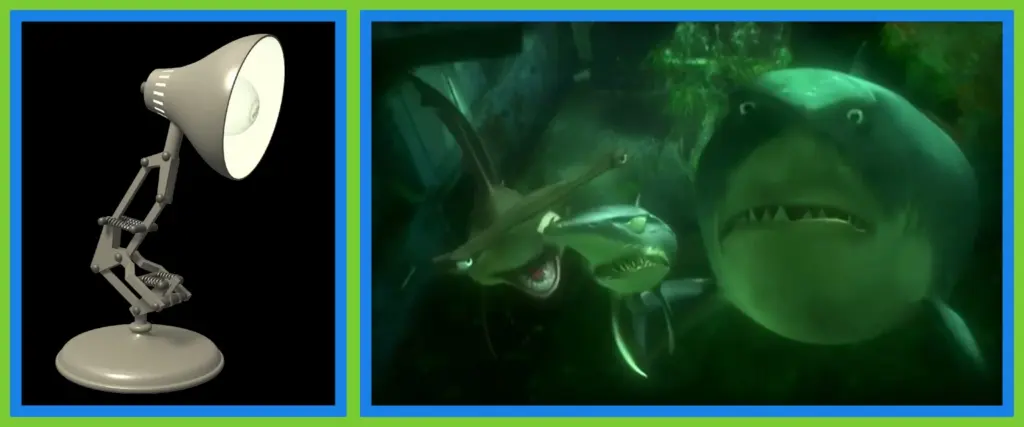
In Finding Nemo, when Bruce the shark is in his support group, he shares that he “never knew my father.” This is true, as male sharks tend to mate with female sharks then abruptly leave, so baby sharks never actually meet their father. (Cue sad “doo, doo, doo, doo, doo, doo.”)
7. Fire responds accurately to Violet’s force fields in The Incredibles
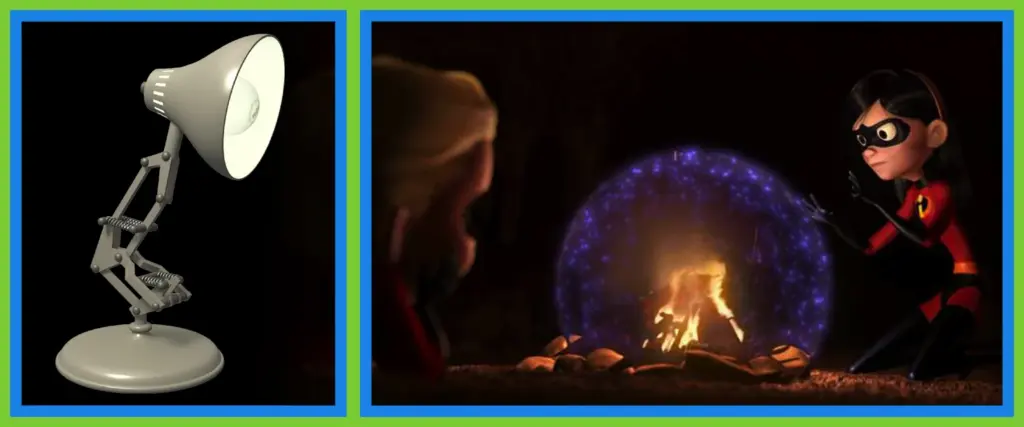
In The Incredibles when Violet is trying to conjure a force field around a fire, the flame flickers due to the lack of oxygen.
8. The Good Dinosaur depicts an early version of Pangea
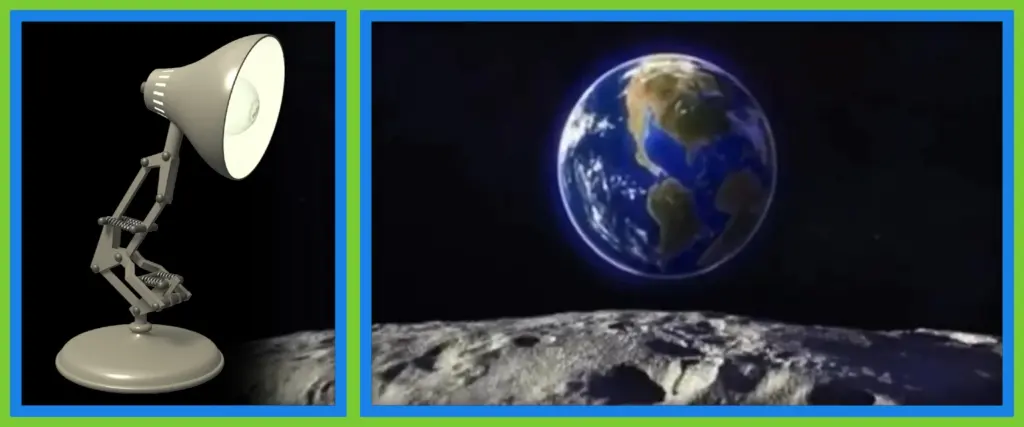
The film The Good Dinosaur takes place 65 million years ago, which scientists believe is just a few millions years after Pangea separated. In a view of the planet, the continents have barely shifted, depicting the Earth accurately.
9. Luca displays a medical condition the first time he stands on land
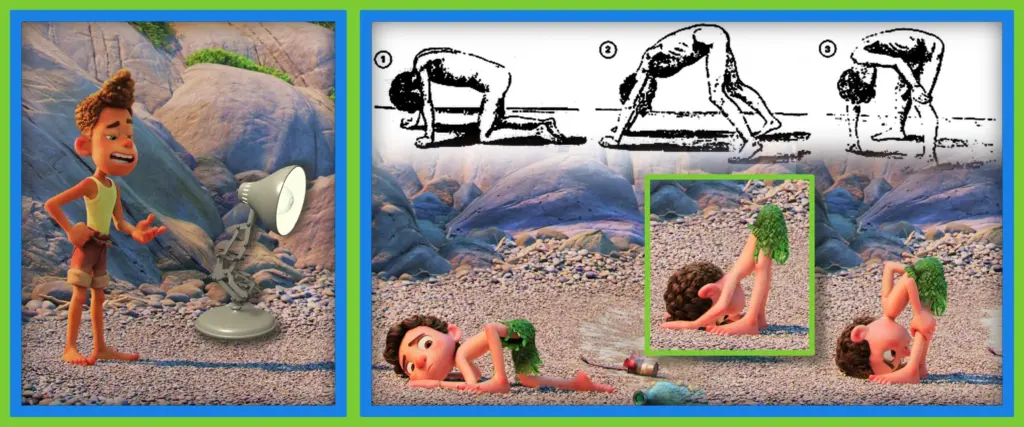
In Luca, in the scene when merboy Luca first stands on dry land, he seems to display Gower’s sign, a medical issue that indicates muscle weakness in the lower limbs, legs, and pelvic area, probably caused due to lack of use. Usually seen in elderly patients and people who suffer from muscular dystrophy, people who suffer from this usually walk up to stand, just like Luca does.
10. Git in Ratatouille is a lab rat, which explains his enormous stature
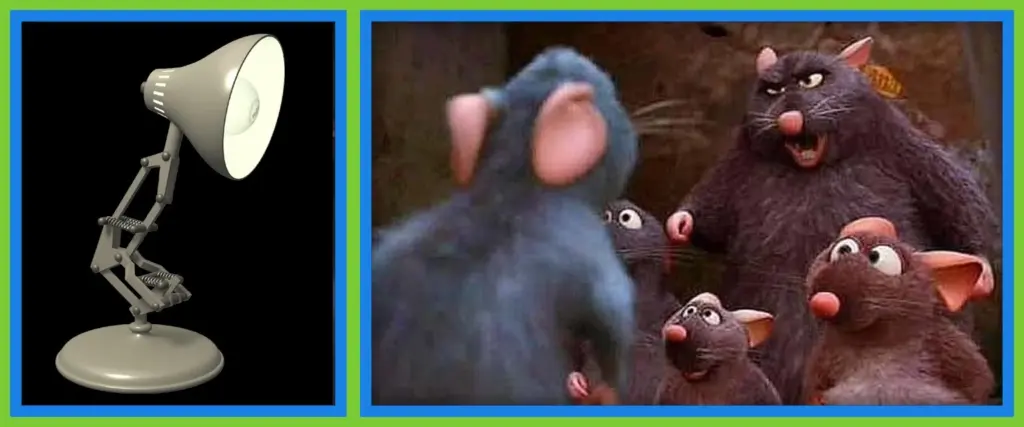
In Ratatouille, the rat Git has a tag on his ear that reads “A113.” Not only is this a clever reference to the now famous CalArts classroom, but it implies that Git is an escaped lab rat, which may explain why he is massive compared to his rodent cousins and appears to have super strength.
11. There is no Alaska in Wall-E
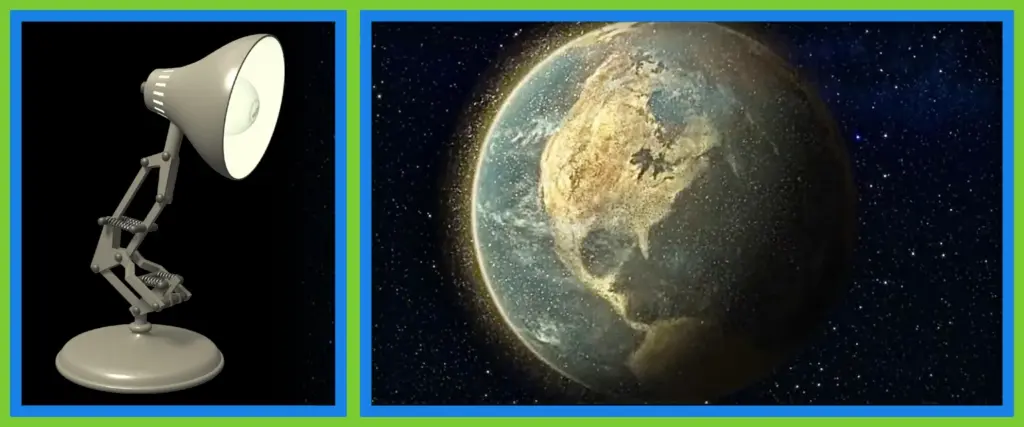
Due to the severe climate change that resulted in the destruction of the Earth, the polar ice caps, Antarctica, and Alaska have been destroyed. In a view of the Earth for space, the planet is depicted as lacking any green or white, displaying the depletion of vegetation and the snow caps.
The Great Lakes are also a bit larger, probably due to the rising sea levels.
12. The tire degradation during the dar race in Cars is accurate
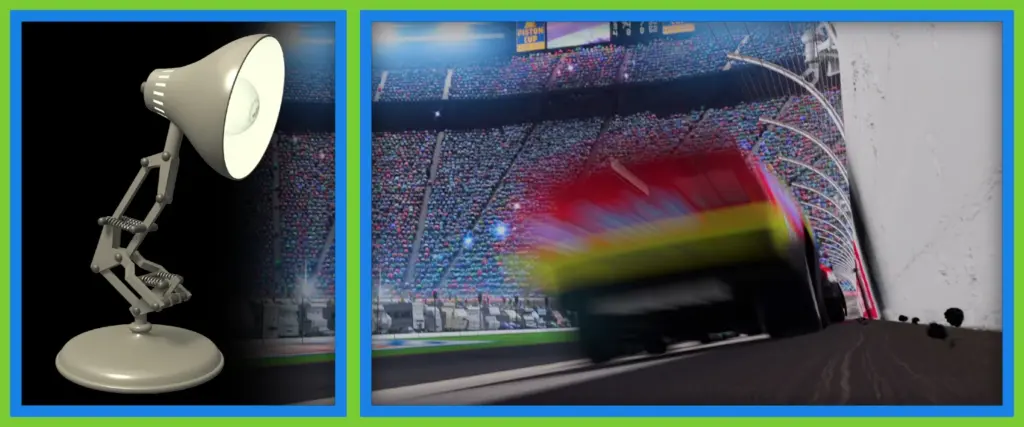
In the opening scene of Cars, small bits of rubber can be seen flying off the cars as the tires degrade during a race. This is accurate to race cars as they speed around a track and the tires disintegrate at an alarming pace.
13. Wade and Ember’s romantic chemistry in Elemental is based on a scientific principle
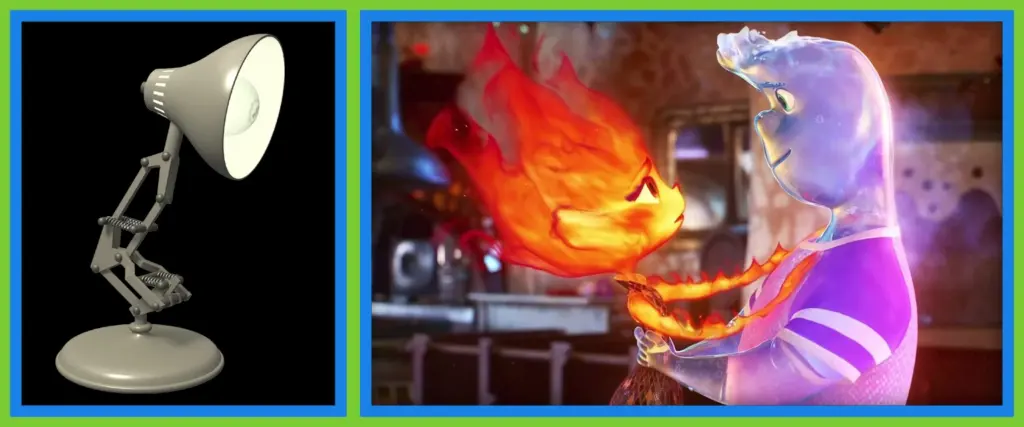
In the movie Elemental, Wade the water element and Ember the fire element discover they have the ability to touch and not destroy each other. This is based on the Leidenfrost effect, which is when a liquid touches a surface hotter than the boiling point and forms an insulating vapor layer. The resulting layer can prevent evaporation for a short amount of time, thus allowing the lovebirds to kiss.
14. Riley used a common therapy technique to combat anxiety
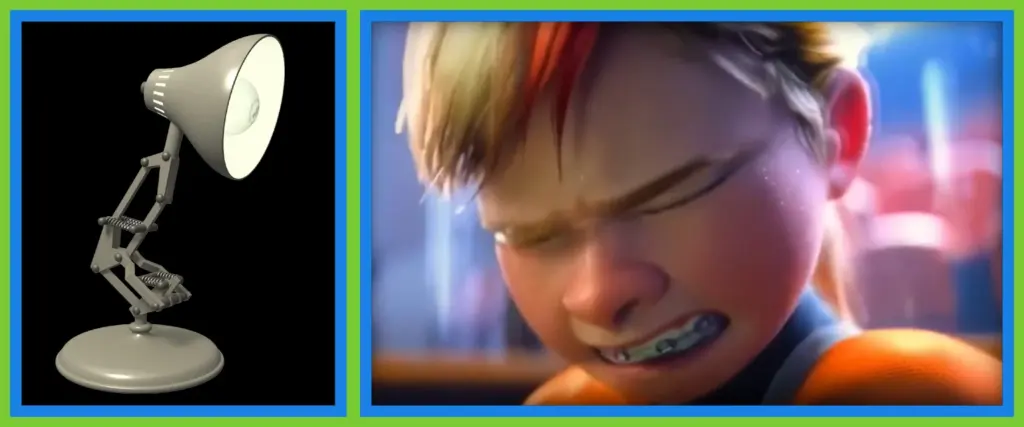
During Riley’s anxiety attack in the film Inside Out 2 (see the Screenopolis review), the tween tries to calm herself down using a technique known as “grounding.” To get her heart rate down, Riley attempts to focus on things she can touch, hear, and smell. This is taught to help people during panic attacks.
15. Jacques the Cleaner Shrimp stays true to his species
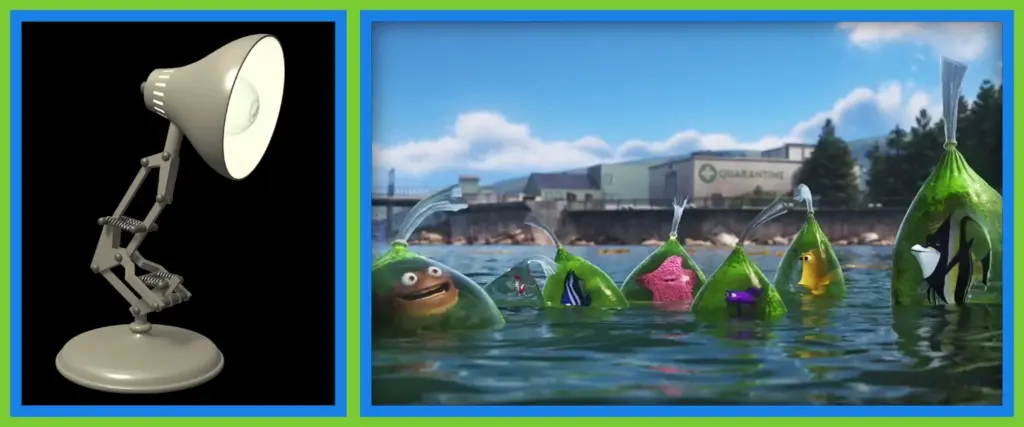
In Finding Dory, Jacques the shrimp’s escape bag is crystal clean when compared to all the other bags containing his aquarium mates. This is because he’s a skunk cleaner shrimp, usually kept in aquariums to keep the environment free of dead tissue and other organisms that pollute the tank. While in the bag, he continues to keep it free of algae.

